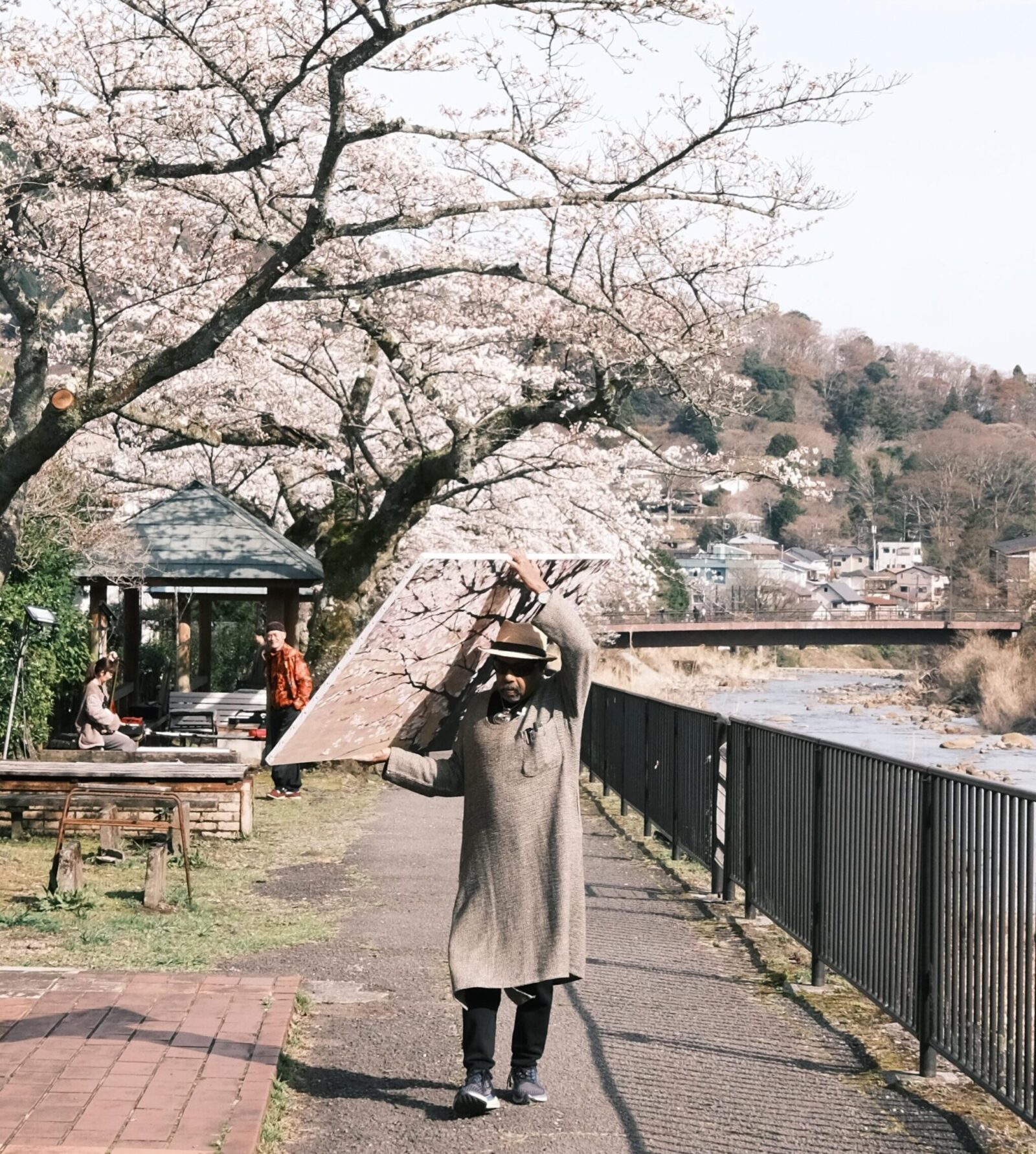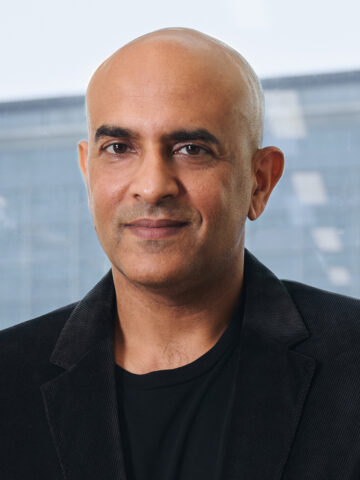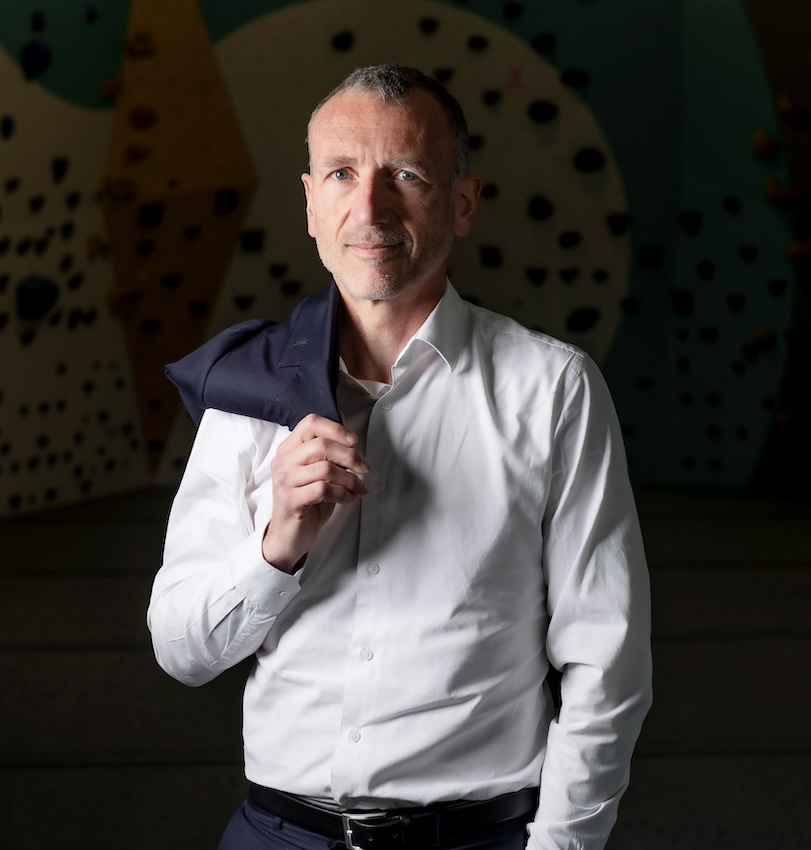Rising valuations for contemporary art from India have fueled a surge in interest outside of the country, creating an alternative asset class primed for global audiences.
Earlier this year, Indian artist Paresh Maity spent a month in Tokyo painting cherry blossoms on canvas (photo above). For an artist renowned for his highly abstract interpretations of picturesque Rajasthan, cherry blossoms represent a major creative shift.
“It’s my ‘pink phase,’” he suggests, a hint of the fuchsia that blankets Tokyo in the Japanese spring. Just as Van Gogh’s “yellow period,” inspired by a move to the countryside, defined a distinct creative body of work of the 19th century Dutch master, Maity hopes the same of his sabbatical in Tokyo and is pleased that the city had such an impact on his style. Later this year, Maity will launch a major exhibition in Japan, his first beyond India, and he is looking forward to having a body of work more removed from his traditional influences.
Maity’s experience is part of a growing global franchise of contemporary Indian art, building on the exploding valuations that the art market has seen domestically. The activity of artists, collectors and dealers is spilling across India’s borders and into the mainstream of the global culture sector.
It began, ironically, with the pandemic, when no one was traveling. As the art world pushed to stay active through online platforms, works previously overlooked began to surface, including those in the contemporary art scene in India.
“The gallery became borderless,” Maity says, “and sales too became borderless. Sales have turbo-charged since the pandemic—especially among overseas buyers.”
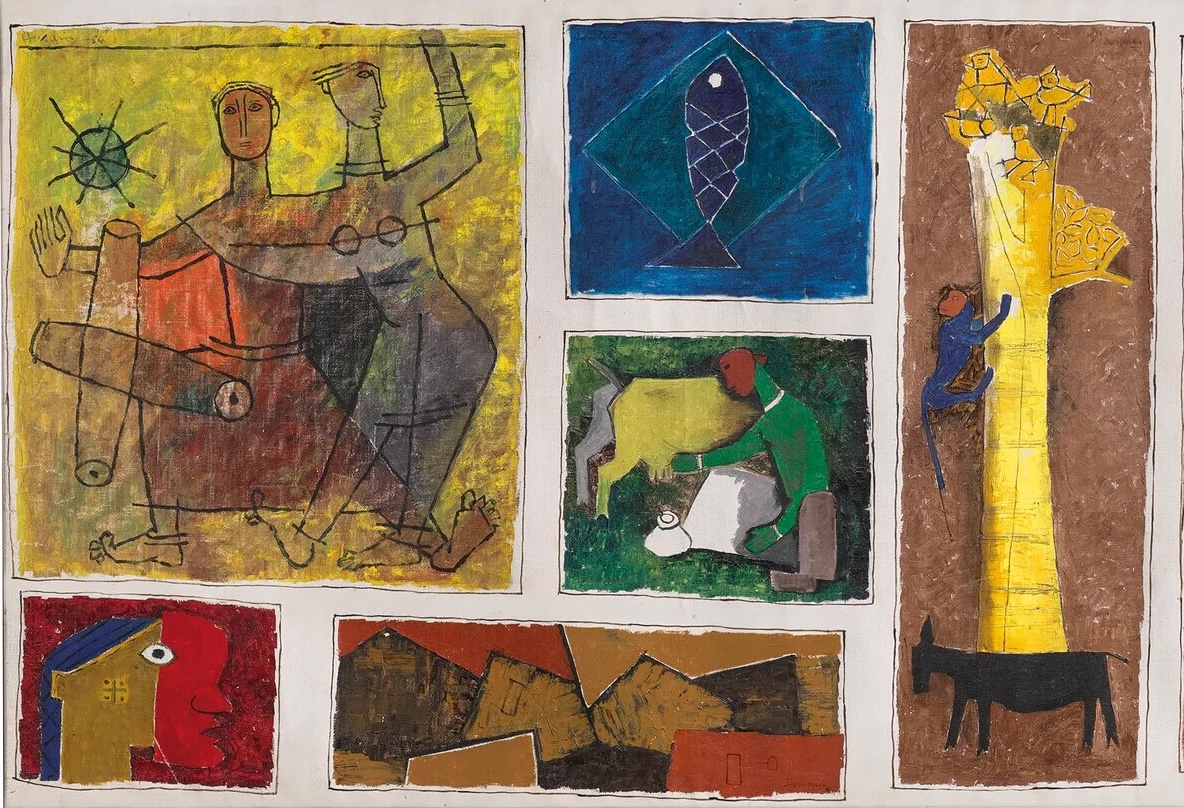
This year’s Venice Biennale, one of the art world’s most-closely watched events, sported a record 12 featured Indian artists, four times as many as in 2024. In response, India’s Ministry of Culture has booked space at the show for 2026, to ensure that some less well-known Indian artists are able to showcase their work. The same trend is evident at other important international fairs, including Art Maastricht in Holland, the international Art Basel exhibits, Art Dubai, Frieze London, Art Miami and Art SG in Singapore.
Global wealth managers are viewing Indian art as a lucrative new asset class. Beginning with professionals among the Indian diaspora, rising prosperity and growing popularity of work by Indian artists combined to unleash an explosion of interest in Indian art. Non-Indians in cultural centers including London, New York, Los Angeles, Singapore and Dubai have taken notice. Prices for lesser-known works by the country’s 10 leading artists have increased over 280% since 2021.
Data compiled by ASign Data Sciences found the total of India’s top works sold at international auction from January 2024 to September of 2025 was $3.6 million, a sharp increase over previous years. The work of Maity himself earns some of the highest prices. But even that is still only a fraction of the market potential. In the same period, categorically similar works by European artists garnered $68 million and US artists $82 million.
Ashish Anand, who is CEO and Managing Director of Delhi-based gallery house DAG, says the number of exhibitions he hosts outside of the country has doubled in the last three years. Through their activity in Dubai, Singapore and New York, DAG has been actively building on the success of India’s leading artists by introducing the work of lesser-known artists to mainstream platforms. This enlarges the international view of the country’s art generally, he says, avoiding a bubble around a small number of top artists or styles.
“I have no hesitation in saying that modern Indian art invites the most interest domestically and internationally,” Anand says, “and that is being reflected in the markets as well.”
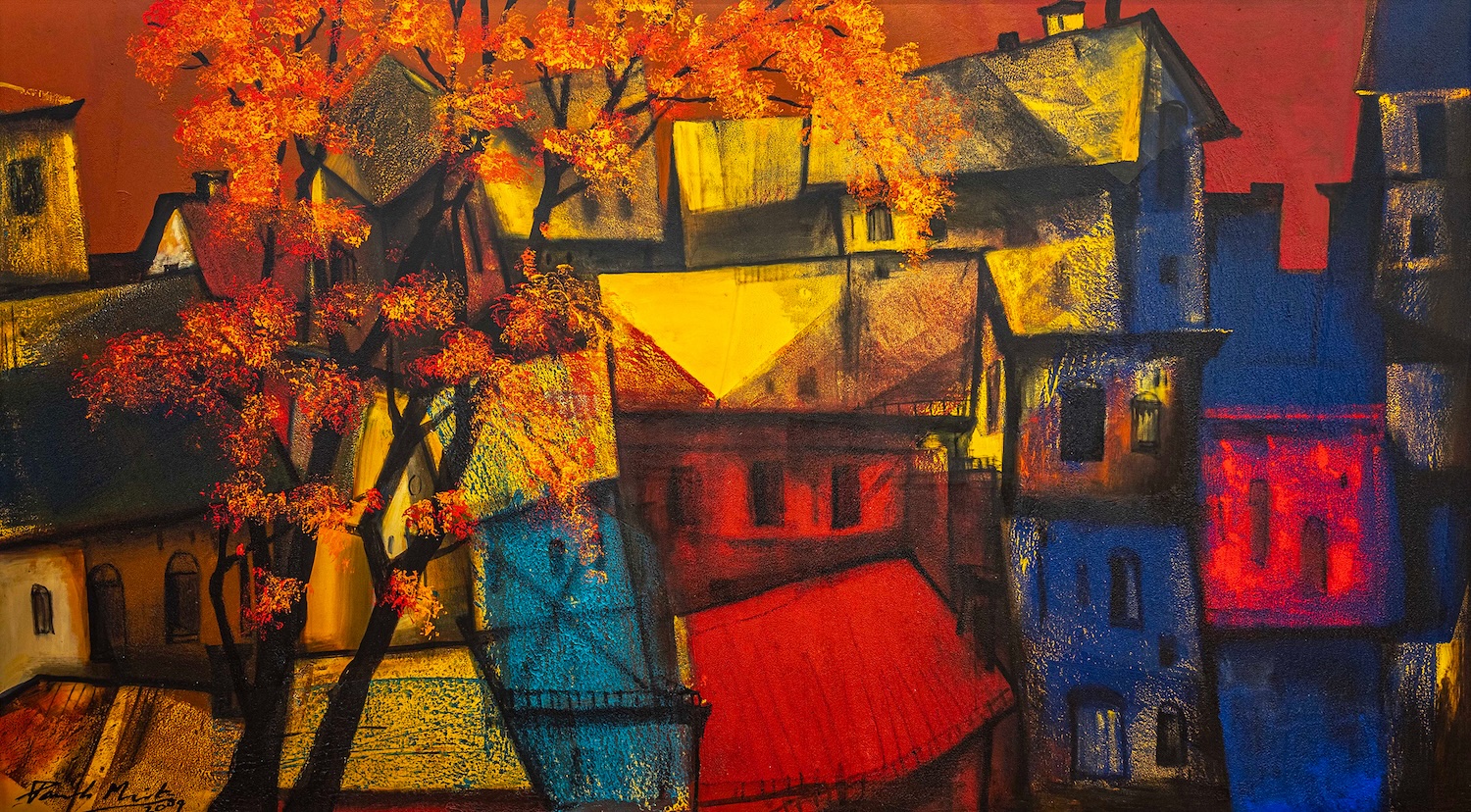
Roshnek Dhalla, Partner at Mumbai-based corporate law firm Khaitan & Co., where she has set up an arts practice, sees the obstacles coming down for international customers building an Indian art collection. “There’s still complexity around purchases (forex, customs),” Dhallasays. “But the structuring has become less complicated and the options more available.”
One significant example is the India government’s Liberalised Remittance Scheme (LRS), which permits an individual to send abroad up to $250,000 a year for various purposes, including investments such as art. “I have a significant collector using LRS to move a substantial portfolio to Singapore,” says Dhalla.
Historically, only a trickle of Indian art found its way to foreign shores. The airline Air India built up a formidable art collection, some of which was housed in its headquarters and properties in India, but some also was displayed at its offices in New York, Washington, Perth, Rome, Tokyo, Paris and London. Other businesses and small galleries similarly were test venues for the international appeal of India’s artists.
But that appeal is no longer in question.
Rupert Hoogewerf, a British businessman who founded the Hurun Report, which compiles wealth lists, often visits Indian art auctions in London and sees firsthand the change in mood and opportunity, but agrees there is plenty of room to run.
“It is mind boggling to be able to buy a beautiful hand-painted work for less than Rs100,000,” Hoogewerf says. “That tells me that Indian valuations have not yet peaked.”
Artist Paresh Maity meanwhile, regards his “pink phase” in Tokyo as part of a broader trend, involving the inevitable international outreach of India’s best creative work.
“The thing about art is that when it’s driven by universal triggers, it then transcends cultures and boundaries,” Maity says. “You could say that has now happened with India.”
